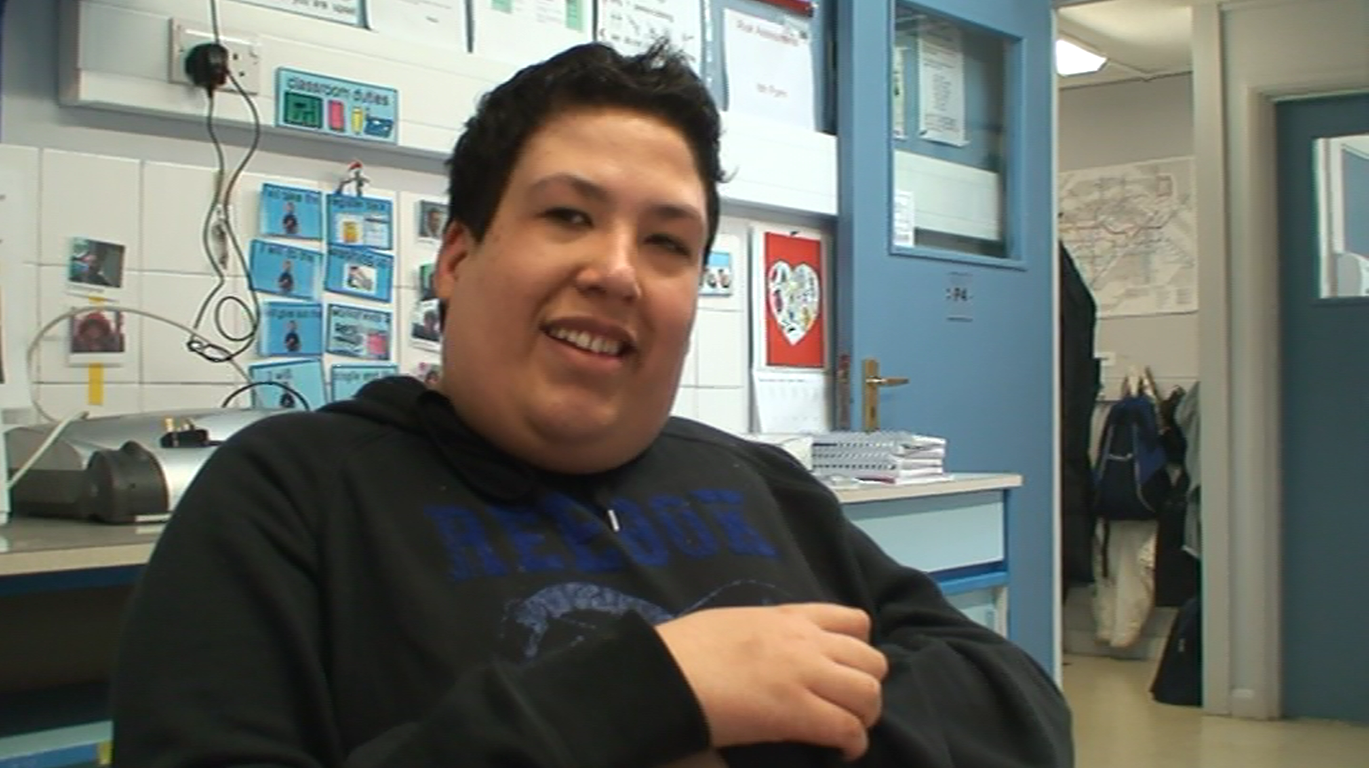Understanding the Causes of Behaviours that Challenge
Is the behaviour really a problem and if so for whom?
This sounds like it could be a ridiculous question. However, it is worth thinking about whether the behaviour someone is showing is really impinging on their well-being, their quality of life, and the well-being and quality of life of people around them. Does the behaviour cause injury to the person or others? Does it restrict access to the community, school and outings? Does it have an impact on the family or others who spend time with the individual? In the longer term will the behaviour be a problem or have these kind of impacts? Some behaviours that might be classified as challenging, for example skin picking or scratching, might occur at such a low level that they may not warrant intervention. Similarly, other behaviour such as shouting might occur at appropriate times and at a sound level that is not concerning. You might feel that these behaviours are not really a problem for the person.
The question that you might pose is “would the person and others have a better quality of life if this behaviour did not happen?”
The next step is to look at the causes of the behaviour. This must always be considered before moving on to intervention. Spending some time learning about the possible causes of the behaviour is very likely to lead to a more effective intervention. It is important to know the possible causes so you can plan what to assess.
The causes of behaviour
When thinking about behaviours that challenge the word “cause” is itself problematic.
There is almost never a one-to-one relationship between what we think of as a cause of behaviours that challenge and the behaviour itself. It is better to think of factors that make the behaviour more or less likely to occur. It is also important when thinking about behaviours that challenge to consider a variety of factors, and to not assume that the cause of behaviours that challenge at one time is necessarily the cause at a later date.
There is very clear evidence that the causes of behaviours that challenge differ between people and that they may change over time. Additionally, even if the form of behaviours that challenge are similar for two people (e.g., they both bang their heads) it does not necessarily mean that it happens for the same reason.
In the following pages we will consider the possible causes of behaviours that challenge in Prader-Willi syndrome, focusing first on internal causes and then moving on to external causes, we then consider how these might interact at one point in time and also over a period of time.




